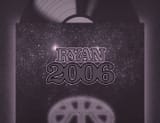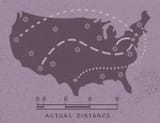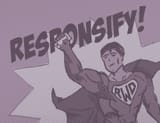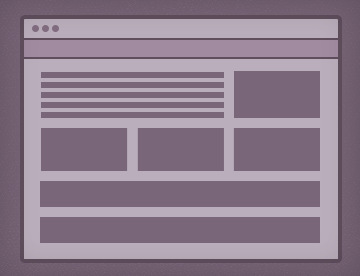
7 Lessons in 8 Years of Client Services
Eight years ago next month, I came onboard as Airbag Industries’ first employee (we later became part of Happy Cog). In a moment of reflection recently, I sat down with my eight-years-ago-self and wrote down some of what I’ve learned. Here’s what I would share with 2006 Ryan, to not necessarily prevent mistakes but to help him (me) manage them better.
In the beginning, I worked as a project manager for a retainer client Greg Storey secured. I spent every day for a year talking to lawyers about blogs. I presented designs to lawyers, handled their requests and feedback, and then worked with them to get their new blog populated with content and launched.








